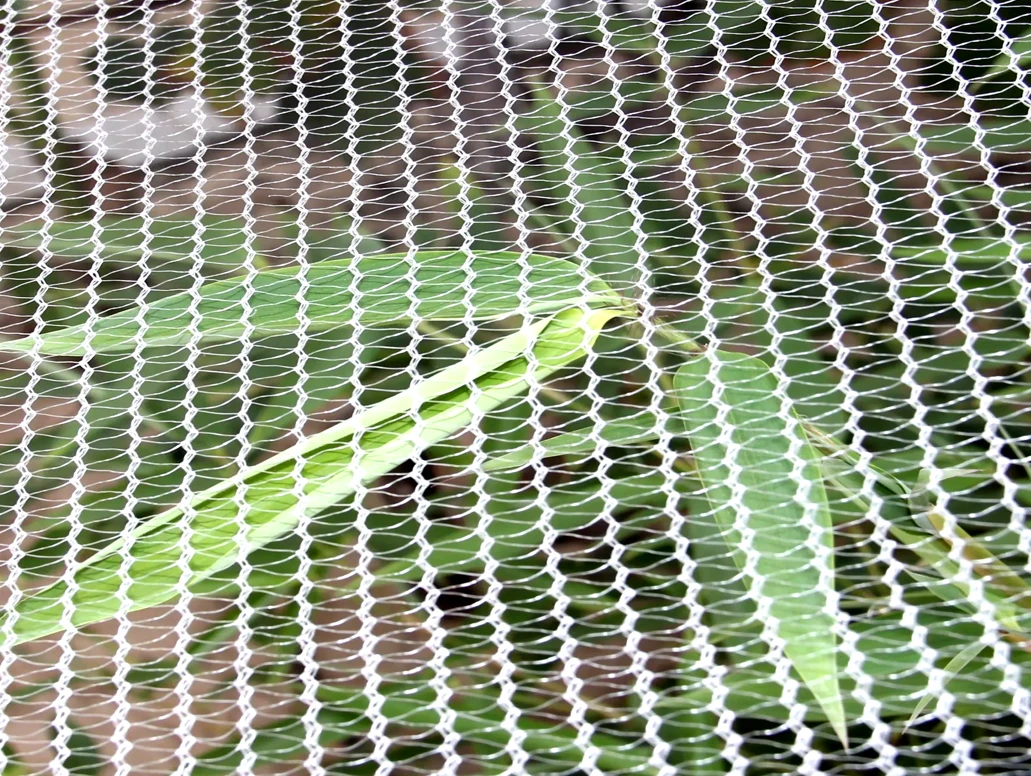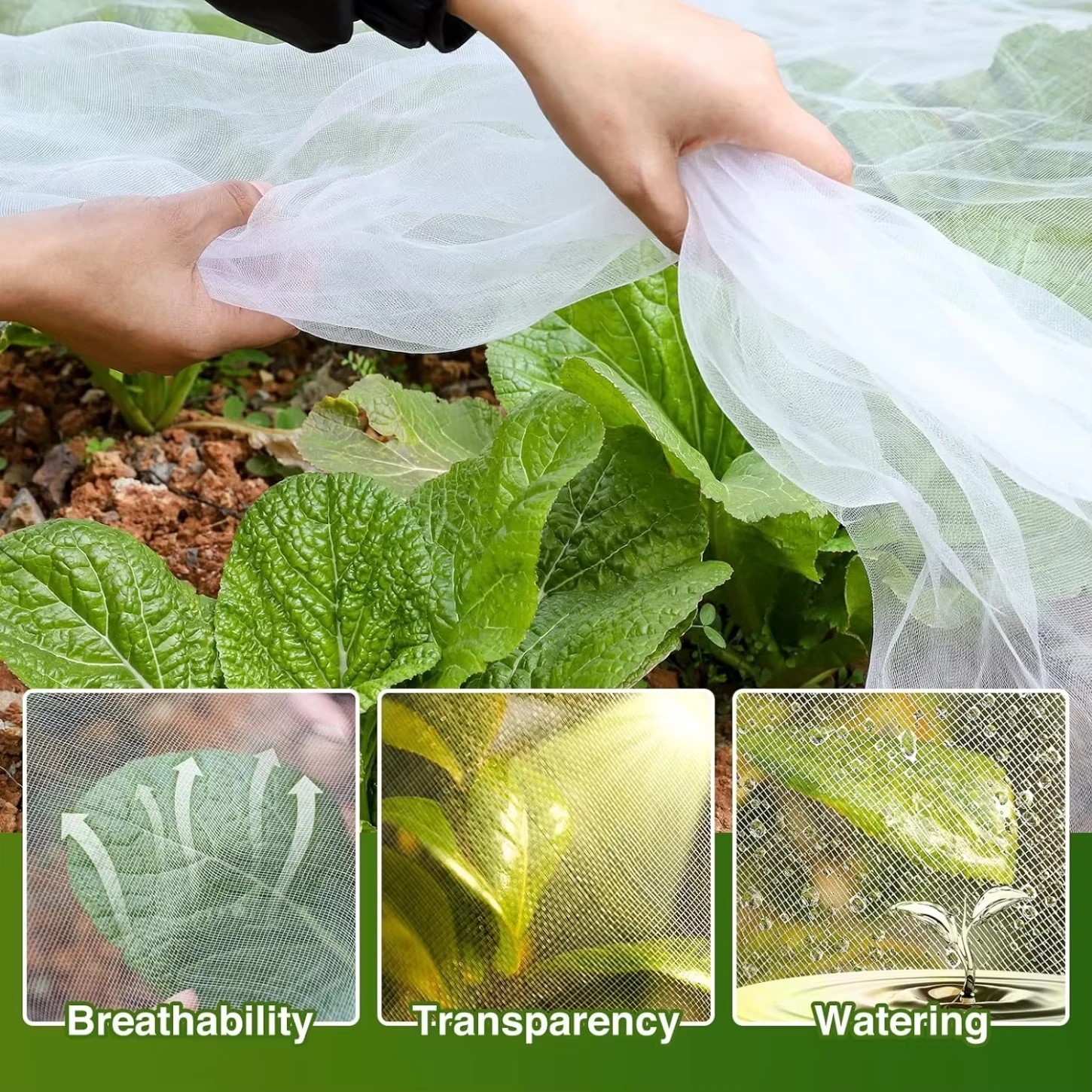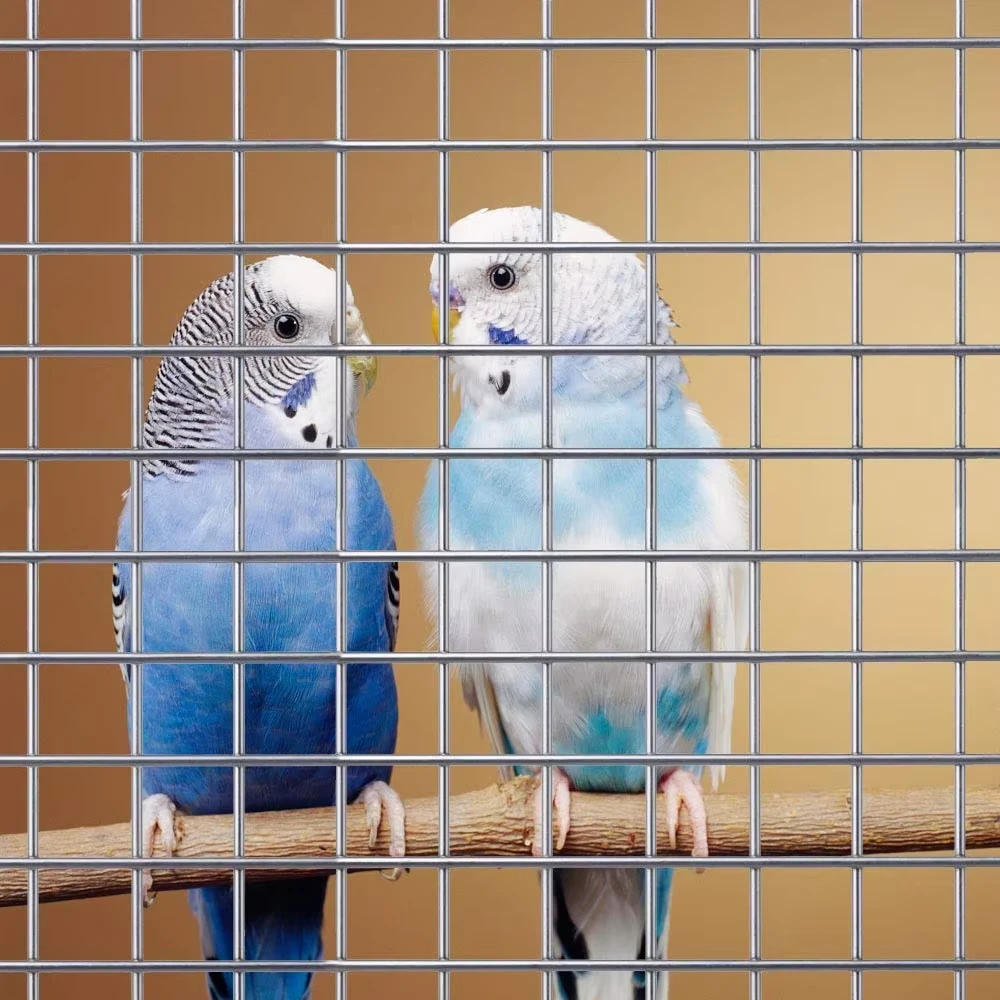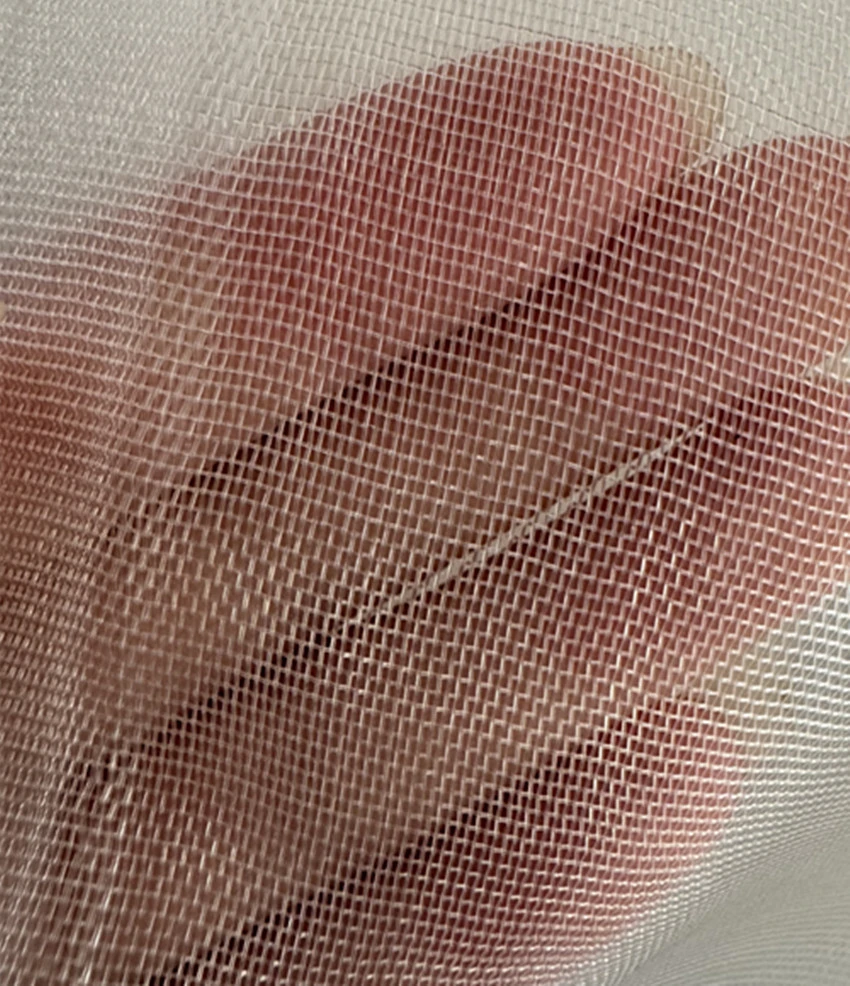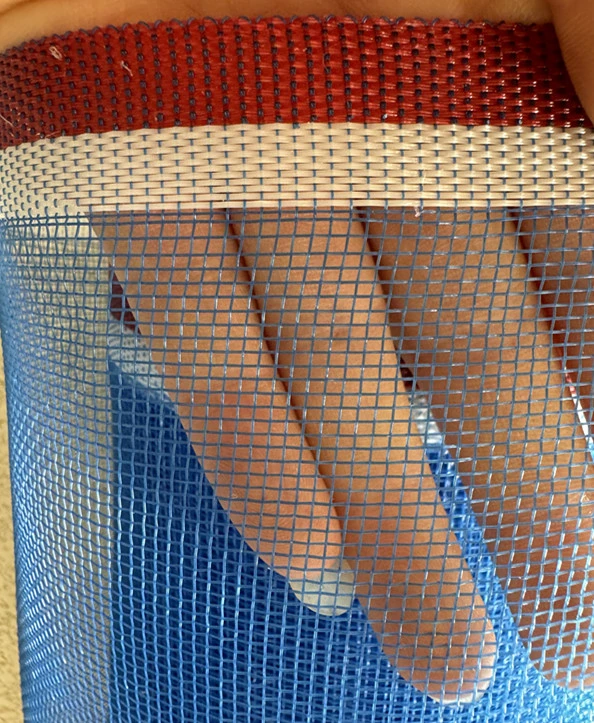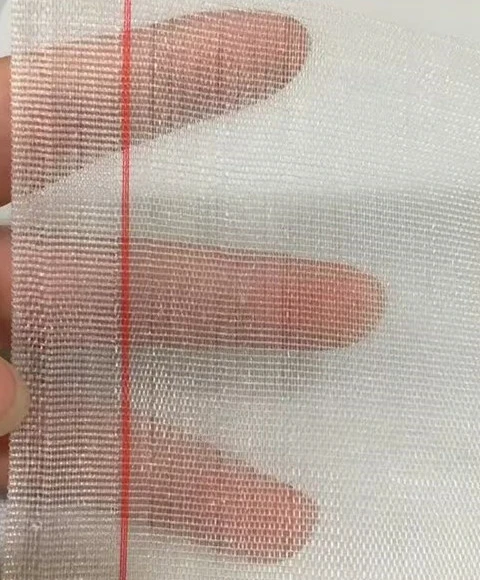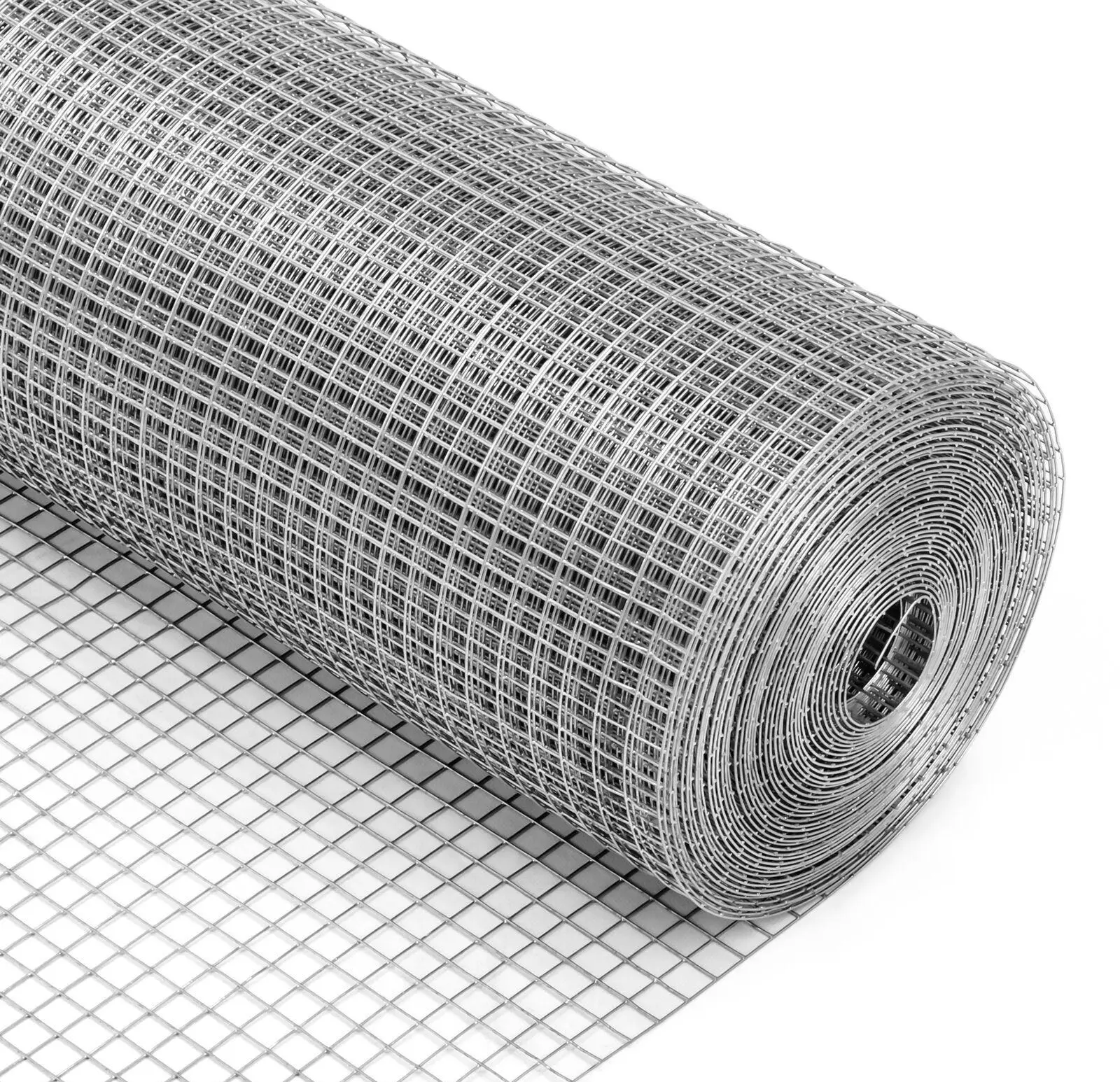Insect Net – Durable Garden Barrier Blocks Birds/Insects
Insect net: field notes from growers and a few hard numbers
I’ve walked enough fields to know: when the season turns warm, pests wake up hungry. A good Insect net won’t solve every problem, but—honestly—it’s the simplest, lowest-risk way to cut insect pressure without drowning crops in sprays. This model comes from China, and it’s 100% brand new and high quality; the manufacturer calls it a “safe and effective barrier that excludes many types of insects and even birds.” In practice, it matches what many customers say: fewer thrips and flea beetles, cleaner brassicas, calmer nights.
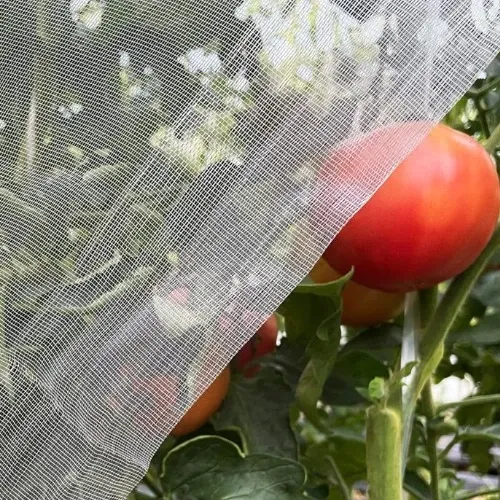
What’s driving demand right now
Two converging trends: stricter residue limits and the real cost of resistant pests. Protected cultivation is rising, and so is the use of physical barriers like Insect net. In fact, more mid-size farms are netting high-value plots (leafy greens, peppers, nursery stock) while home gardeners want an easy bird/insect block that still breathes.
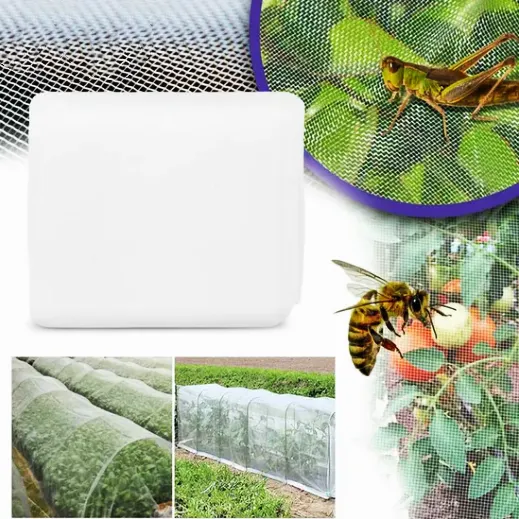
Core specifications (the practical bits)
| Material | Virgin HDPE, UV-stabilized (Raschel/warp-knit) |
| Mesh size | 25–60 mesh options; ≈0.25–0.9 mm aperture (real-world use may vary) |
| Weight (GSM) | 30–90 g/m² |
| Roll width/length | 1–6 m width; 50–200 m length (customizable) |
| Light transmission | ≈75–90% depending on mesh/denier |
| Airflow | ≈60–85% free area; watch microclimate on hot days |
| UV durability | 3–5 seasons typical, region/UV index dependent |
| Origin | China |
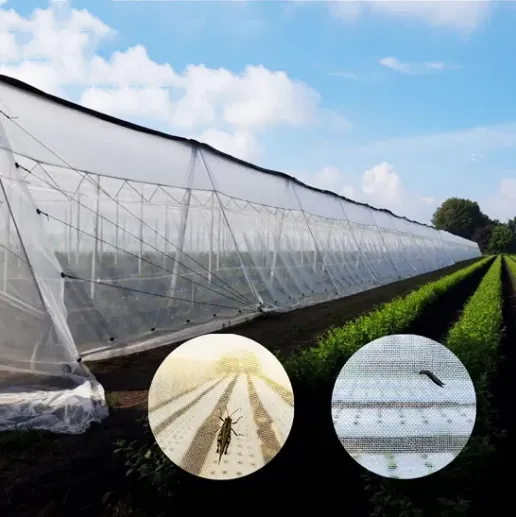
How it’s made (and tested)
Insect net is typically extruded HDPE monofilament with UV masterbatch, warp-knit to a stable mesh, then heat-set. Edges are selvedged; options include hemmed borders or eyelets for hoop houses. QA checks: mesh count (ASTM D3775/ISO 7211-2), GSM (ASTM D3776), tensile (ISO 13934-1), tear (ISO 13937-2), and accelerated UV exposure (ASTM G154). Compliance can include RoHS/REACH screening via third-party labs (e.g., SGS). Service life is mostly about sun, wind, and how often you drag it over edges—be kind to it.
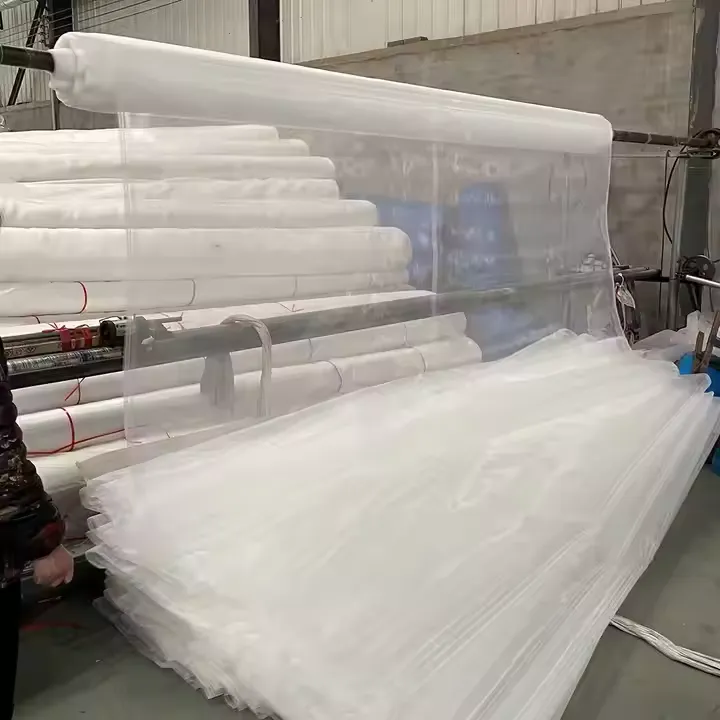
Where it works best
- Vegetables: brassicas, cucurbits, solanaceae (thrips, aphids, flea beetle, whitefly)
- Orchards and nurseries: bird exclusion without harsh scare tactics
- Greenhouse sidewalls and vents: smaller mesh for virus vectors
- Backyard beds and raised planters: quick hoops, easy lift for harvesting
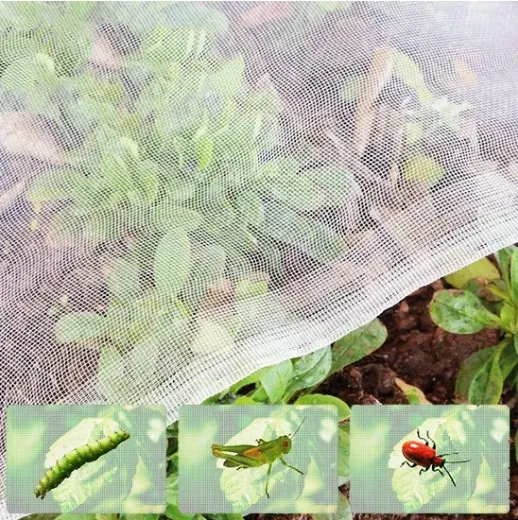
Vendor snapshot (what buyers compare)
| Vendor | Mesh options | UV warranty | Customization | Certs | Lead time | Price band |
|---|---|---|---|---|---|---|
| YJ Wire Mesh (this product) | 25–60 | Up to 3 yrs (region-dependent) | Width, length, edge, color | ISO 9001, RoHS/REACH test | ≈10–20 days | Competitive |
| Generic Importer A | 30–50 | 1–2 yrs | Limited | Basic CoC | ≈20–35 days | Lowest |
| Local Distributor B | Popular SKUs only | 2 yrs | Cut-to-length | ISO 9001 | Stock-dependent | Mid–High |
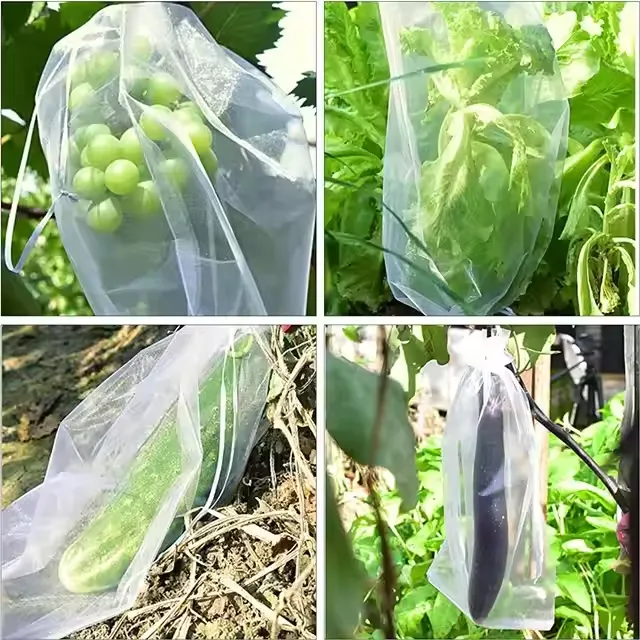
Customization and install tips
Choose tighter mesh (40–60) for whitefly/thrips; go wider for airflow on heat-stressed crops. Reinforced edges help where winds gust. I guess it sounds obvious, but seal the bottom—soil pins or a buried edge—because insects love gaps. Add zipper doors for tunnels if you’re in-and-out daily.
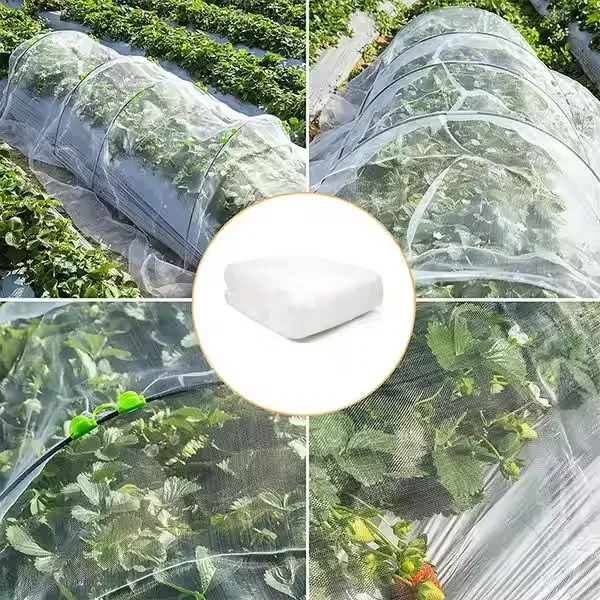
Field results (one quick case)
Shandong, early summer: a 1.5 ha melon block under 40–50 mesh Insect net saw ≈78% fewer thrips counts vs. unnetted checks over four weeks; foliar sprays dropped by around 40%. Yields? +9% marketable fruit. Not a miracle—just steadier quality. Gardeners echo this: “bird pecks basically stopped,” one buyer told me, “and the plants stayed cleaner after rain.”

Certs, data, and fine print
- Tensile/tear per ISO 13934-1 / ISO 13937-2; UV aging per ASTM G154.
- Third-party lab screening for RoHS/REACH on request.
- Service life: plan 3–5 seasons; extreme UV or abrasion may shorten it.
Authoritative references
-
Anti Hail Net | UV-Stable, High-Strength Orchard ShieldNewsNov.17,2025
-
Anti Bird Netting – UV-Stable, Durable, Humane ProtectionNewsNov.17,2025
-
Welded Wire - Durable, Rust-Resistant Mesh, Custom SizesNewsNov.17,2025
-
Garden Mesh Sun Shade – UV-Resistant, Durable, Custom SizesNewsNov.17,2025
-
Bird in Net Solution: Humane, UV-Resistant Bird NettingNewsNov.17,2025
-
Stainless Steel Filters: Durable, Washable, High-FlowNewsNov.10,2025





